Donetsk. Parents can not bow to the grave of his son. Part of 3
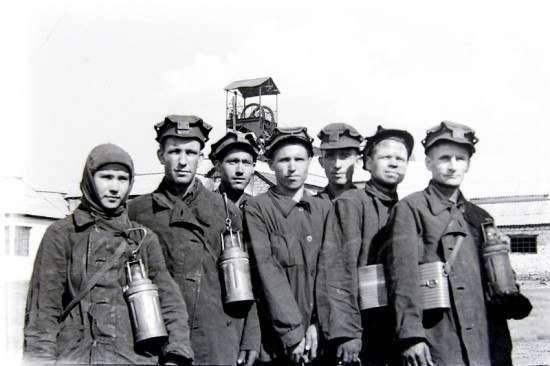
So, this is the last publication about Donetsk. Of course, I visited this mining town in the case of Savchenko, the announcement of the verdict against her was scheduled for March 21-22. But hundreds of journalists and bloggers will write about this, who will leave behind, good, normal people who create good and have been doing their job peacefully for years. So those who might think that this publication will be about the militant lady, can no longer read.
How did it happen that the parents of the deceased internationalist warrior cannot worship his grave in Ukraine, but come to the city museum to talk about their son and put flowers to his photo? You can regard this as my journalistic rebellion against a single informational flow of a lawsuit squeezed into a powerful fist about the trial, information about which will not get into the local museum of local lore.
The time of the pre-war five-year plans, the Great Patriotic War, the post-war construction projects screams through the glass windows of a small museum.
“It’s scary what’s happening in Ukraine,” says Galina Y. Bondarenko, director of the Museum of History and Local Lore of Donetsk. - Our city is located next to Krasnodon and the response from there is all the sorrows and troubles that the Ukrainian people have to endure. They do not understand why they survived another war, for which they are suffering today. But, I think, time will pass, and everything will settle down. Peace must come at last. And the “drops” of that peace process will be placed in our museum.
I would like to say a special thank you to the parents of Sergei Shupiro, a warrior-internationalist who died in Afghanistan. They come to our museum from the neighboring town of Kamensk-Shakhtinsky. The fact is that Sergey is buried in Ukraine, and our exposition is the only place where parents can honor his memory. They cannot go to Ukraine.
He was born and grew up surrounded by the care and love of his parents, who worked at the Donetsk Excavator Plant and tried to instill in his son a love for the working profession. A mischievous and intelligent boy, like all his peers, was fond of outdoor games, loved sports, watched films about the war with interest, dreamed of becoming a military man from school, and always was a tankman, as he was very fond of films about tank heroes.
In the military school, as in school, he studied as well. I finished it successfully, met my love, got married. He lived and served in Ukraine, then still Soviet. Friendship of peoples, internationalism - these were not empty words for him.
Sergey Shupiro did not know that 1979-th year for our country will be the last peaceful one after the victorious 1945-th, and the grandchildren of those who mined the world will again take weapon.
And still, as in that war, the Great Patriotic War, the sons said to their mothers: “Do not worry, I will return, mother!”
On the usual December day of 1985, terrible news arrived at Shupiro’s house, and a few days later they were informed that “200 cargo” had arrived. At that time, the mother did not know that the soldiers who died in Afghanistan were then called such a secret term.
It is impossible to find words that can facilitate the loss of a loved one. It will never heal a bleeding wound in the heart of a mother who has lost her son. The tears of relatives and friends of those killed in that terrible war will never dry out. This pain can never dull, no matter how many years have passed.
Captain Sergey Shupiro was buried in Ukraine, where he served after graduating from the Kharkov Tank School.
Details of the parents did not tell. And only a few years later the writer S. Pogodaev who served in Afghanistan in his story “Anniversary” will describe it like this: “The tank of the commander, captain Shupiro Sergey Nikolaevich, 20.12.1985 was ambushed in the area of the settlement of Kalakan. Having lost both legs, a hand, he continued to manage the fight. After the evacuation of the commander - the next hit of a grenade, from which the ammunition was detonated. From the received wounds, captain Shupiro Sergey Nikolaevich died on the way to the Bagram Medical Battalion. He was presented to the title of Hero of the Soviet Union. The Order of Lenin received posthumously. "
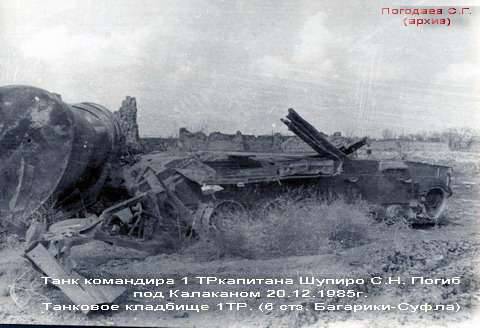
In another, but already official document, we read: “Sergey N. Shupiro was born on January 29, 1958 in Donetsk, Rostov Region. From 1965 to 1975 He studied at secondary school number 13. He graduated from the Kharkov Guard Higher tank team school. In 1985 he was sent as a tank company commander to the Democratic Republic of Afghanistan. The tank column was fired by rebels from grenade launchers. Quickly and competently assessing the situation, Captain Shupiro S. N. led the battle. Thanks to bold and decisive actions, the combat mission was completed, but in this battle Sergey Nikolaevich Shupiro was seriously wounded, and died on December 20 ”.
From official sources we know that he was posthumously awarded the Order of Lenin. By the way, 103 soldiers who participated in the Afghan war were awarded this order.
In Dnepropetrovsk there was a stele with the names of the inhabitants of the city and region who did not return from that war. It contains the name of Sergey Shupiro. Every year, Sergey's parents went to the grave of his son. Now because of the Ukrainian events can not do it.
But in the museum of the city of Donetsk there are exhibits telling about the feat of Captain Shupiro. It is now that papa and mama bring flowers and stand for a long time at the portrait of their son, mentally speaking to him.
Black-and-white photographs: here is Sergey with an Oktyabryatskaya asterisk, now he is a young cadet taking the military oath, on the other he is awarded a diploma after graduating from college. Before us is a guy with cheerful eyes, a kind smile, who dreamed of a profession in which the main thing is to protect the Motherland.
A trip to the Donetsk Local History Museum is an excursion into the past and the present.
Here are eight halls. The Hall of Military Glory acquaints visitors with the names of front-line soldiers who took part in the Great Patriotic War. On the walls are photographs of those who did not return, and those who shouted a victorious “Hurray” in May 45.
Of particular interest among boys of any age is a showcase with fragmentation weapons, preserved from the time of the war. Here is the exposition dedicated to those who fulfilled military duty in Afghanistan.
The decoration of the room are photos and weapons hung on the walls. Not every city can boast of having raised its cosmonaut.
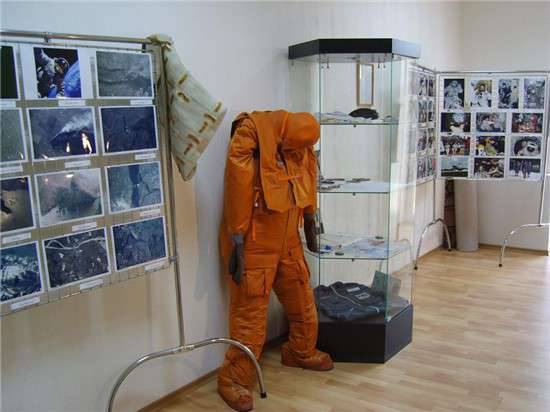
And Donetsk can. That is why the museum has a hall that introduces visitors to the honorary resident of the city of Donetsk, cosmonaut Yuri Vladimirovich Usachev, twice Hero of Russia, who performed four space flights. The cosmonaut’s personal belongings are displayed in the show-windows of the hall: a spacesuit, work clothes, a helmet.
There is even a fragment of a parachute, with the help of which the astronaut landed. Young Donchans, passing through this hall, listen to the guide with pleasure and slyly try to touch everything: the spacesuit and the parachute. Maybe at this moment some Vovka or Shackle will also decide to become a space explorer. And it will be.
And the museum will be supplemented by another exhibition in honor of the new cosmonaut. The exposition of the hall of mechanical engineering was created in honor of the 50th anniversary of Donetsk. Here the panorama of an excavator plant made by a professional photographer BD Krasnoshnapka is presented in the entire wall.
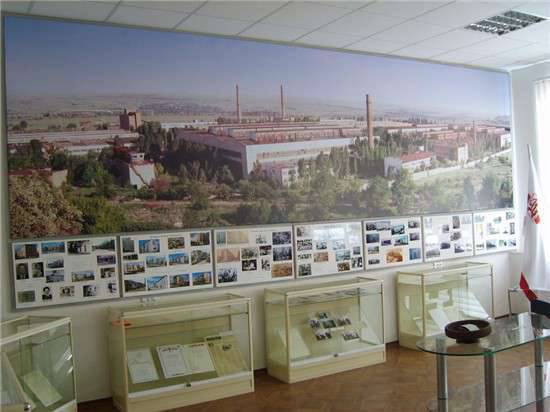
On the walls of the hall there are fortified stands with photographic materials reflecting history the plant and the factory workers from the beginning of its construction (from 1966 to 2005), on the supports there are models of excavators.
What can a city be proud of? Of course, the “Donetsk Manufactory”, whose products have for many years been supplied to different regions of the page. But few people know that the foundation of the Don light industry began in 1969: it was then that the Donetsk Cotton Spinning Association was launched.
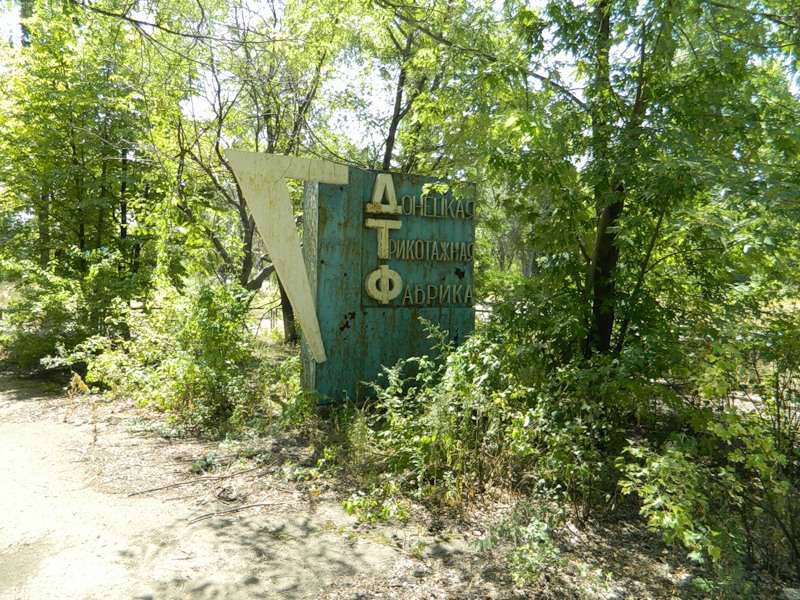
The exposition of the “Coal industry” hall acquaints visitors with the unique pages of the history of mining in Donetsk. In the hall are placed both ancient and modern tools of labor, documents confirming the achievements of miners and dressers. Also shown are modern lining, a trolley with coal and parts of coal-mining machines and mechanisms. The display windows present awards not only to the collectives of the mines, but also personal awards - honorable miners A. I. Burmistrov, P. S. Myaktinov.
Now, for example, events devoted to the liberation of besieged Leningrad are of particular interest to schoolchildren. The museum staff shared: the evening of memory carries the young children, they listen with close attention to the memories of those years, watch photos. And this is wonderful: it means that we are raising the right generation, which will know its history. Yesterday is history. The Donetsk Local History Museum is a place where unique (I’m not afraid of this word) collections are kept. Do you know why? Yes, because here we can see yesterday’s day, which has already become history, it’s impossible to return and repeat it. It would seem that only recently we lived and worked in a mining town, and now our children will learn about coal mining from museum exhibits.
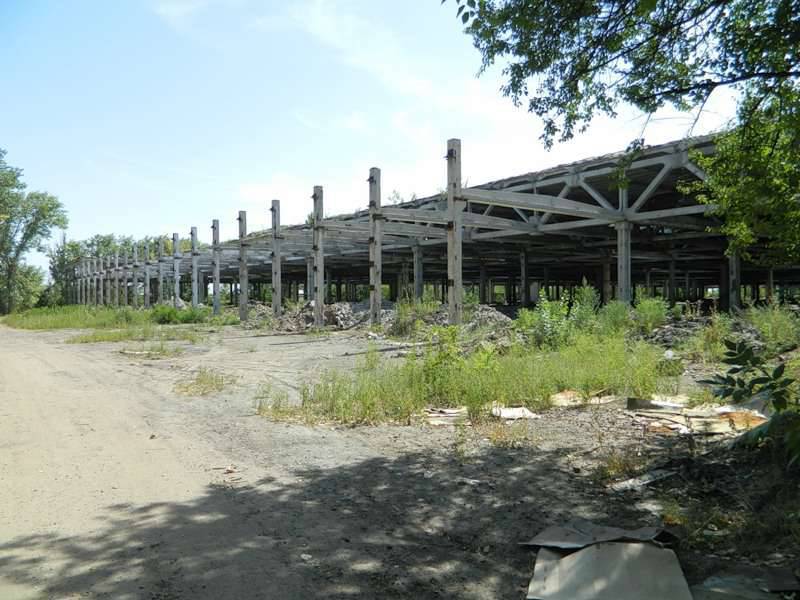
Sad but true. Maybe my home is a future relic gathering dust?
“Our collection is being replenished with the help of the residents,” says museum director Galina Yakovlevna Bondarenko. “After all, people simply throw away a lot of interesting things, without even thinking about what place they have in the museum.” The last twentieth century has already become history, and many, for example, have objects of the same era of social realism. When we conceive this or that exhibition, we begin to “shake” all our friends and relatives: “Give! If you can not donate, then transfer to temporary use. We will hold an exhibition, we will return. ” And give, and often still give. They say: "It's great that my thing will be in the museum." This is how we made an exposition of Christmas-tree toys of different years. It was possible to collect more 400 interesting exhibits. And now conceived to organize an exhibition of watches. We have a big program for the Day of Museums in March, a photo exhibition “Donetsk: yesterday and today” for the Day of the City. So if someone has interesting things - you are welcome, we will be very grateful. We always feel someone's support: the city administration, the Council of Veterans, just citizens. It is good that there are people who are not indifferent to the future of the museum.
- Galina Yakovlevna, and you as the director are not bored with the routine work?
- More tired of the economic "director" issues. And what is routine work? "Communication" with exhibits, things, quiet immersion in history. And frankly, I like it all very much.
- Galina Yakovlevna, do you remember the first museum that you visited?
- Of course. The first was the local history in Rostov-on-Don. I liked him, everything seemed interesting and fascinating. All this somehow tightly hooked my heart. Since then, from school, I love history, art and, arriving in a new city, I definitely go to the museum. By the way, after that, more than once was in the Rostov Museum. My memory was agitated. And although the museum of my childhood has grown, it has expanded, new technical capabilities have appeared, premises, but living impressions from childhood have seemed stronger. This, I think, is the mission of the museum: so that a person from childhood would carry the feeling that the past does not die, but is carefully collected and stored. And then it all turns into a closer acquaintance.
- Do you have a favorite museum?
- I have a special attitude to the Tretyakov Gallery. Perhaps this is due to the personality of the amazing person Pavel Mikhailovich Tretyakov, a private collector, who then gave everything to people. To give, not to take away, is the main purpose of a person.
- And what attracts the guys in the museum the most? And how, in your opinion, to make the girls and boys come to the museum, reach for culture, study history?
- The famous writer Erich Maria Remarque, who wrote his own, perhaps the most famous book on the war, “On the Western Front Without Change,” said: “A person is able to preserve only what grows in himself”. So we are trying to engender in the souls of our visitors a reasonable, kind, eternal. Many students come to us with the filing of the teacher. If the teacher during the explanation of the new theme says that there is an exhibit in our museum that is worth seeing. And they come. And by prior arrangement, we conduct a thematic tour or a large event, for example, dedicated to the Great Patriotic War. Of course, it would be desirable that not only the school, but also the family should be engaged in the upbringing of the cultural young man. However, many adults do not even know where the city museum or library is located. It is not surprising that the concept of proper education for many comes down only to promoting a healthy lifestyle, playing sports, and that’s all.
- Polina Efimova
- Sergey Pogodaev
Information